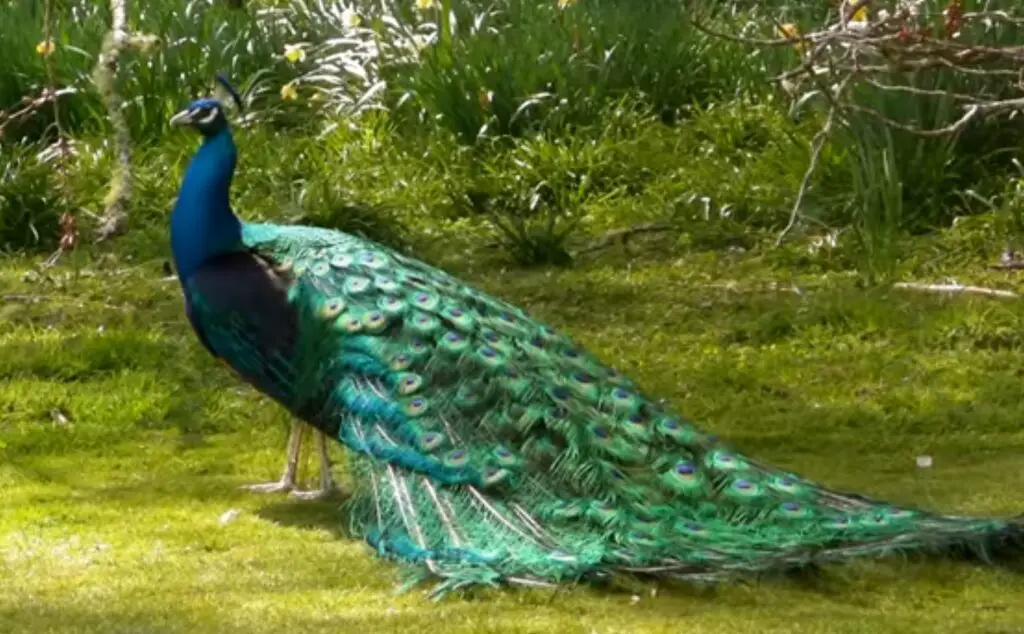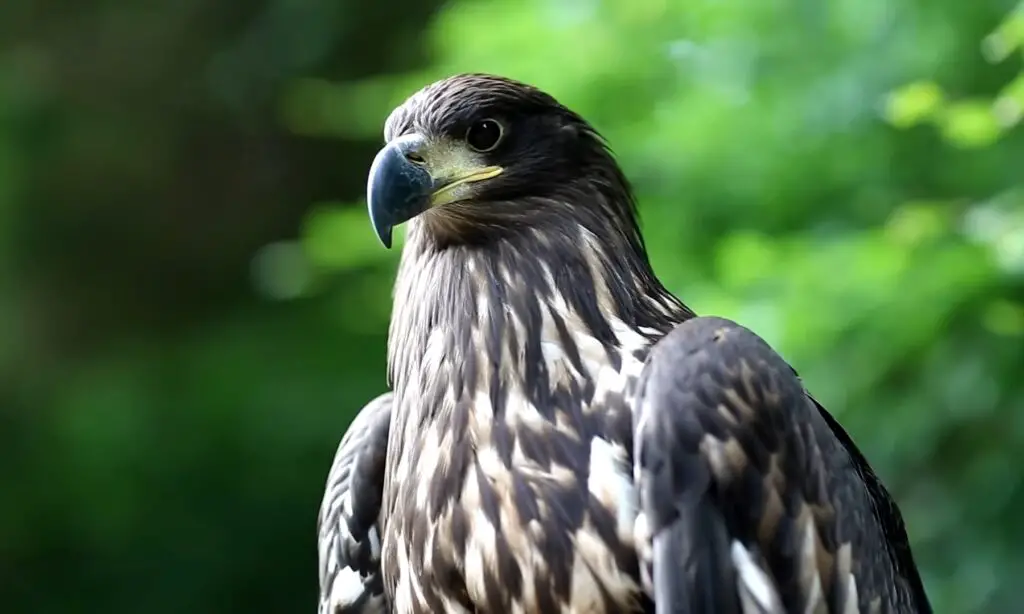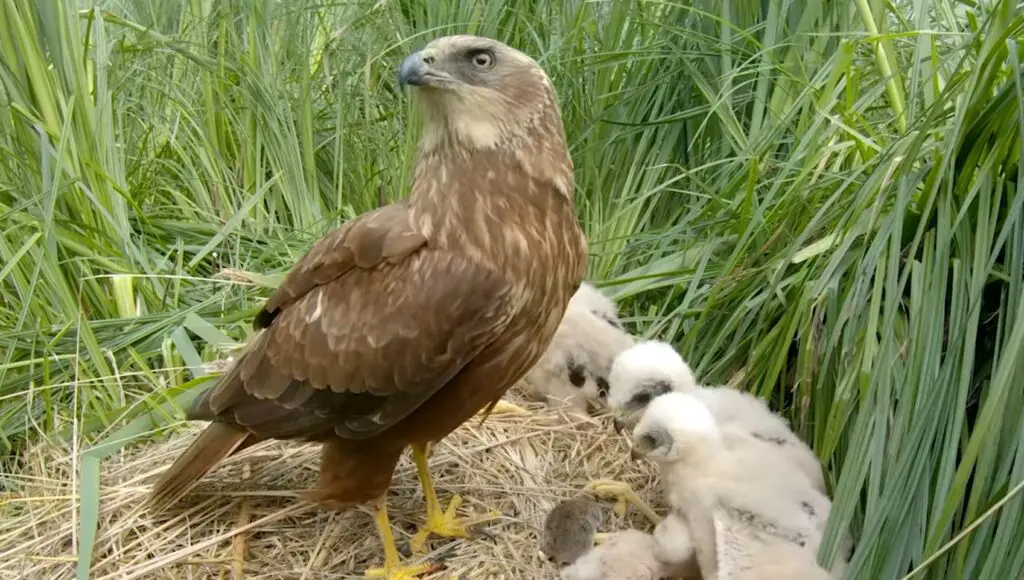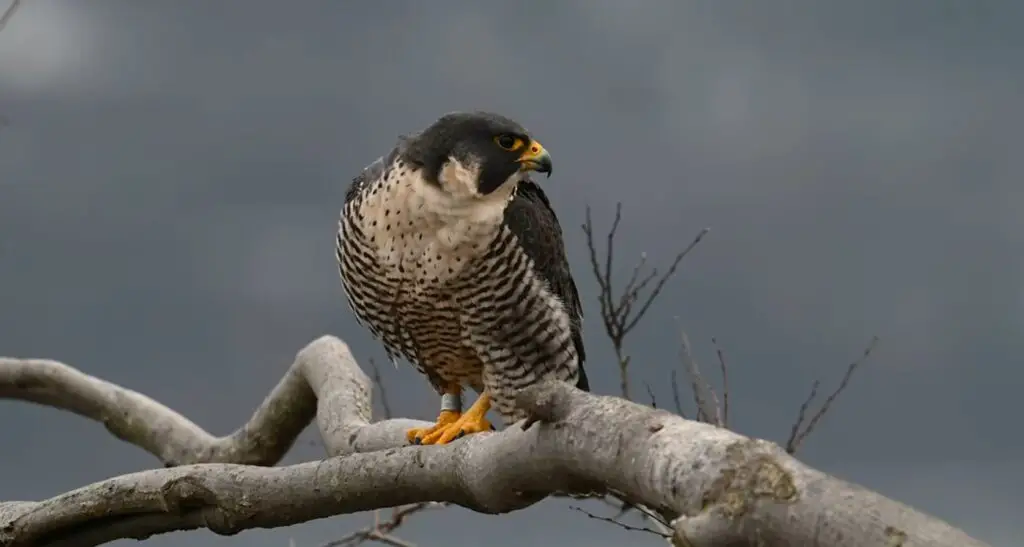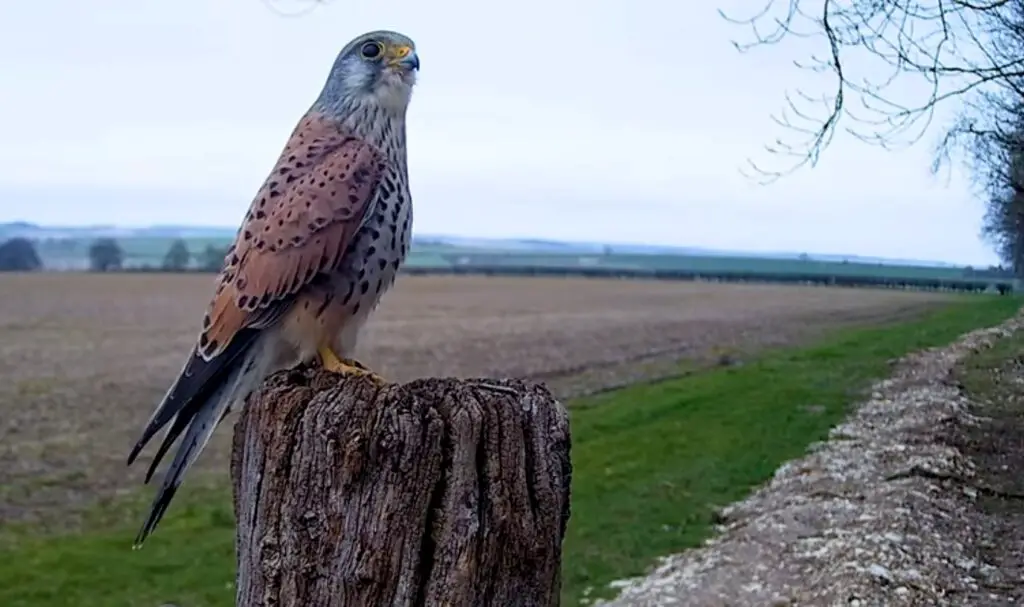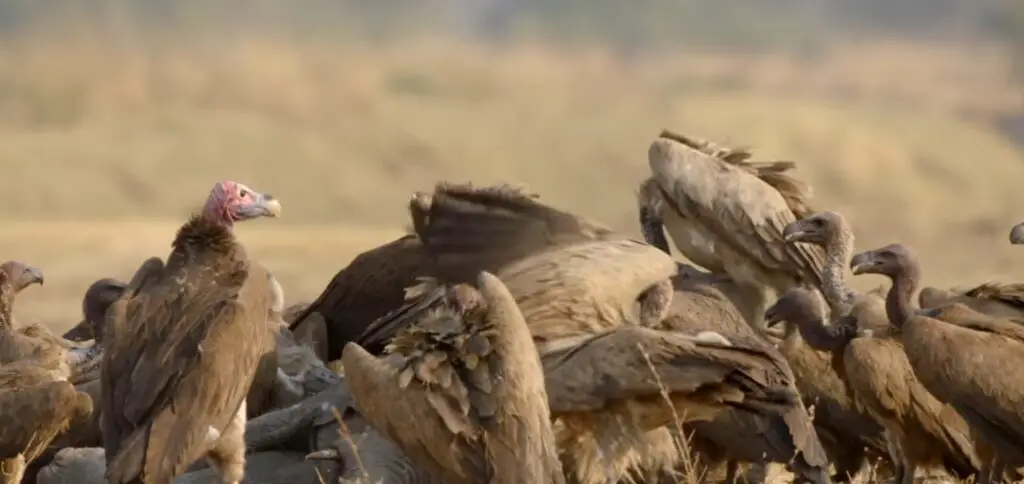The Kiwi Bird holds a special place in the hearts of New Zealanders and is revered as a national symbol. With its unique characteristics and fascinating behavior, the kiwi has become an iconic representative of the country’s native wildlife. In this article, we explore the intriguing world of the kiwi bird, shedding light on its physical attributes, behavior, and the conservation efforts aimed at preserving this cherished species.
The kiwi (Apteryx spp.) is one of the world’s most unique birds—a small, flightless, nocturnal creature that has become the beloved national symbol of New Zealand. With its whisker-like feathers, long beak, and surprising strength, this enigmatic bird captivates scientists and nature lovers alike.
Physical Characteristics:
The Kiwi Bird is a flightless bird, belonging to the ratite group, which includes other flightless birds like ostriches and emus. It has distinct features that set it apart from other avian species. The kiwi is relatively small, measuring around 40 to 65 centimeters in height and weighing between 1.5 to 3.5 kilograms. Its body is covered in coarse, hair-like feathers, which give it a shaggy appearance.
One of the most notable features of the kiwi bird is its long, slender beak, which is used to probe the ground in search of food. Kiwis have small, underdeveloped wings that are hidden beneath their feathers, rendering them incapable of sustained flight.
Behavior and Habitat:
Kiwi birds are predominantly nocturnal, meaning they are most active during the night. They inhabit a variety of habitats, including forests, scrublands, and grassy areas, with different kiwi species occupying distinct regions throughout New Zealand.
Kiwis are known for their excellent sense of smell and their ability to locate insects, worms, and grubs by probing the forest floor with their beaks. They have powerful legs and muscular thighs, allowing them to dig burrows and forage for food underground.
Reproduction and Parental Care:
The kiwi bird has a unique reproductive system. Unlike most birds, female kiwis possess a single functional ovary and lay relatively large eggs in proportion to their body size. The male kiwi plays a significant role in incubating the eggs, with incubation periods ranging from around 70 to 85 days, depending on the species.

Conservation Efforts:
All kiwi species are considered endangered or vulnerable due to habitat loss, predation, and other human-induced factors. Introduced mammalian predators, such as stoats, cats, and dogs, pose a significant threat to kiwis and their eggs.
To protect and conserve kiwi populations, numerous initiatives and organizations have been established across New Zealand. These efforts include predator control programs, the establishment of sanctuaries, captive breeding programs, and community involvement in conservation projects.
The Department of Conservation (DOC) in New Zealand, along with local communities and conservation volunteers, plays a crucial role in preserving kiwi habitats, raising awareness, and implementing strategies to protect this national treasure.
1. Kiwi Bird Facts at a Glance
| Trait | Description |
|---|---|
| Species | 5 living species (Apteryx mantelli, A. australis, etc.) |
| Size | 35–65 cm (14–26 in) tall |
| Weight | 1–3.5 kg (2.2–7.7 lbs) |
| Lifespan | 25–50 years (longest-lived bird for its size) |
| Habitat | Forests, grasslands, and shrublands of NZ |
| Conservation Status | Endangered (all species) |
2. Evolutionary Marvels: Why Kiwi Are So Unique
🔹 Flightlessness & Adaptations
- Tiny wings (hidden under feathers) with cat-like claws for digging.
- No tail, giving a pear-shaped body.
- Strong legs (⅓ of body weight) for running and kicking.
🔹 Unusual Biology
- Hair-like feathers (more like fur)—unique among birds.
- Temperature near mammals (2°C warmer than typical birds).
- Enormous eggs (up to 20% of female’s body weight—largest relative to size in birds).
🔹 Sensory Superpowers
- Best sense of smell of any bird (nostrils at beak tip).
- Highly sensitive whiskers (vibrissae) near beak.
- Poor eyesight (relies on smell/sound at night).
3. Behavior & Lifestyle
🌙 Nocturnal Habits
- Active at night, using beak to probe soil for worms, insects, and berries.
- Territorial—males scream to mark territory.
💞 Breeding & Parenting
- Monogamous pairs (mate for life in some species).
- Male incubates the egg (70–80 days—longer than most birds).
- Chicks independent at birth (no parental feeding).
4. Cultural Significance
🇳🇿 National Symbol of New Zealand
- “Kiwis” = nickname for New Zealanders.
- Featured on coins, military insignia, and Air NZ planes.
Māori Mythology
- Tāne Mahuta (forest god) created kiwi to guard the trees.
- Sacred status—feathers used in cloaks (kahu kiwi).
5. Conservation: Fighting Extinction
⚠️ Why Are Kiwi Endangered?
- Predation: Stoats, rats, and dogs kill 95% of chicks.
- Habitat loss: Logging and farming reduce forests.
- Slow reproduction: Only 1 egg per season.
🛡️ Protection Efforts
- Operation Nest Egg: Eggs incubated in captivity, chicks released.
- Predator-free sanctuaries (e.g., Kapiti Island).
- Dog training programs (to avoid kiwi attacks).
📊 Population Status
| Species | Estimated Left | Trend |
|---|---|---|
| North Island Brown Kiwi | ~35,000 | Stable |
| Great Spotted Kiwi | ~15,000 | Declining |
| Little Spotted Kiwi | ~1,600 | Increasing (sanctuaries) |
6. Where to See Kiwi Birds?
🔍 In the Wild (Rare)
- North Island: Coromandel, Tongariro Forest.
- South Island: Stewart Island (wild kiwi spotting tours).
🐦 In Sanctuaries & Zoos
- Otorohanga Kiwi House (North Island).
- Willowbank Wildlife Reserve (Christchurch).
- Zealandia (Wellington).
Note: Kiwi are nocturnal—most places use red-light enclosures for viewing.
7. How You Can Help
✔ Donate to Kiwi Coast or Forest & Bird NZ.
✔ Keep dogs leashed in kiwi zones.
✔ Support predator control (traps, advocacy).
Conclusion: A Living Wonder
The Kiwi Bird is more than just a bird—it’s a testament to evolution’s creativity and New Zealand’s natural heritage. While still endangered, dedicated conservation offers hope for its future.
“The kiwi walks softly, but its presence echoes across Aotearoa.”
FAQs About Kiwi Birds
❓ Can kiwi fly?
No—they evolved without flight for 60 million years.
❓ Why are kiwi eggs so big?
Likely an adaptation to avoid predators (bigger chicks survive better).
❓ Do kiwi make noise?
Yes! Males shriek and growl (listen online—it’s surprising!).
Want to adopt a kiwi? Check out Save the Kiwi’s adoption program! 🥝💚


